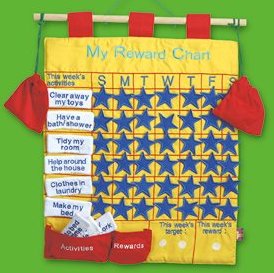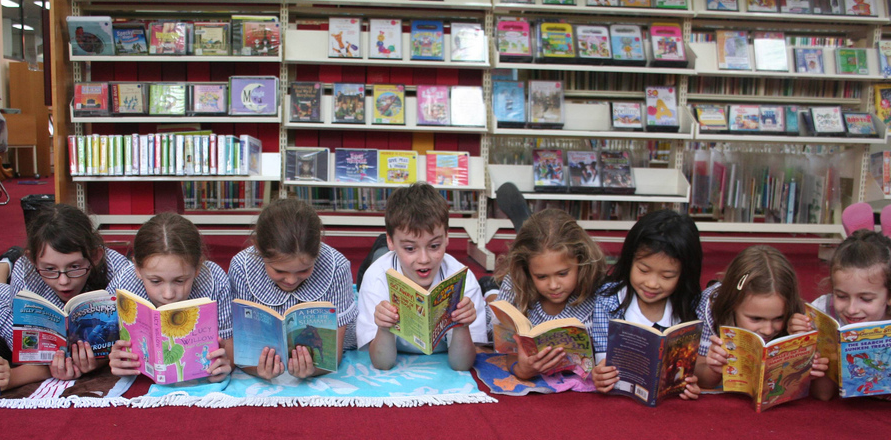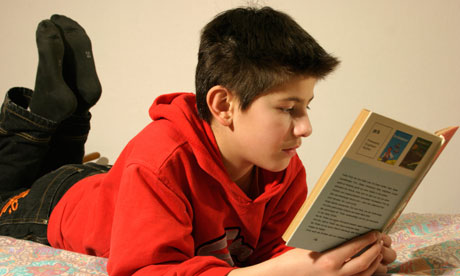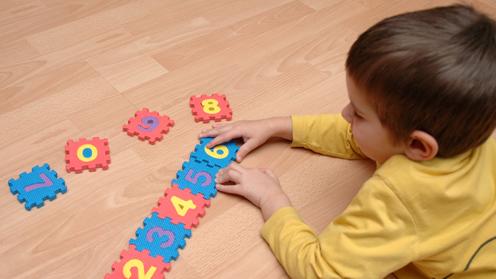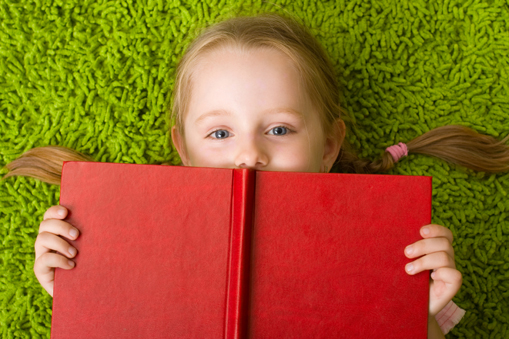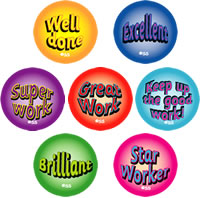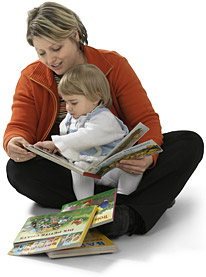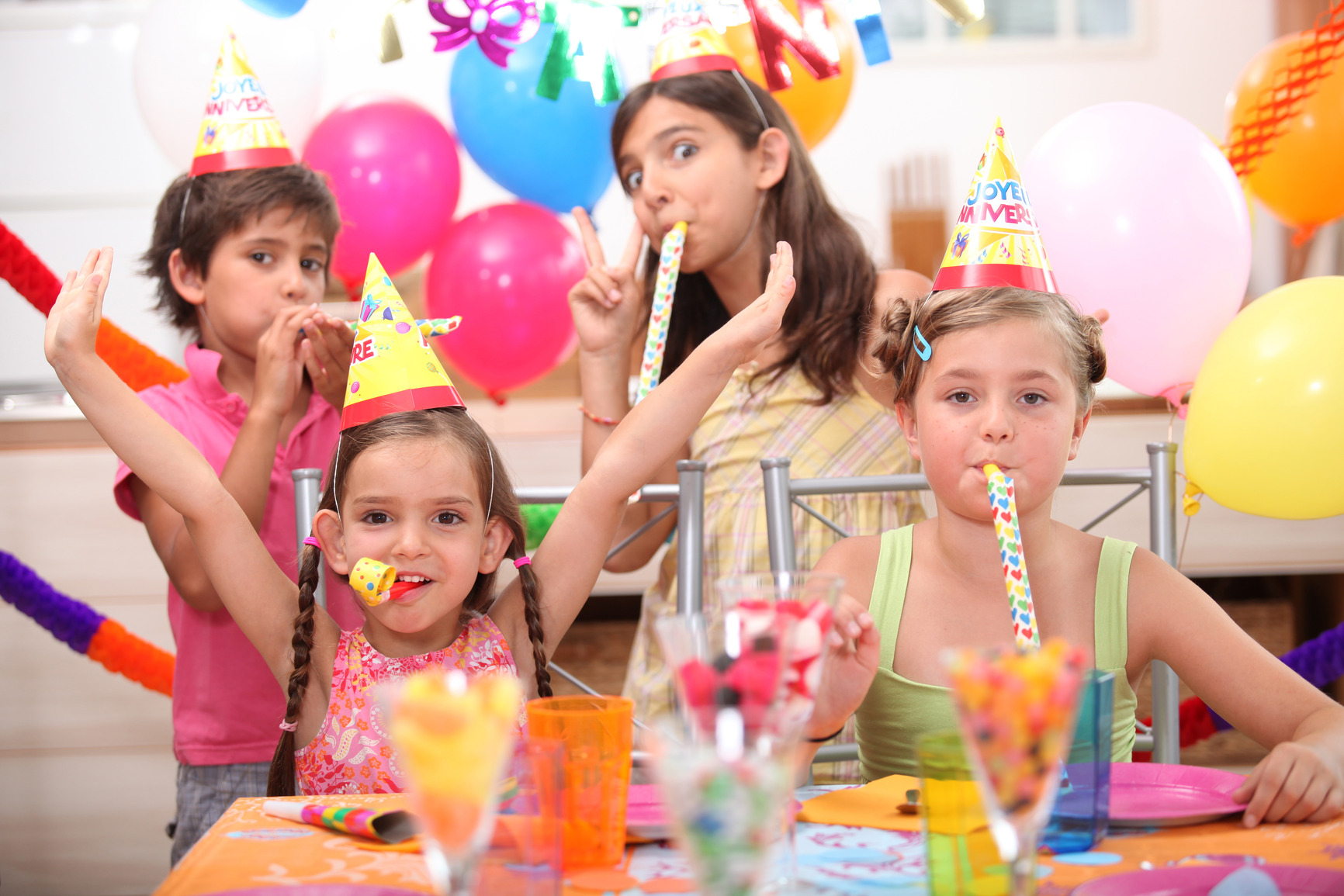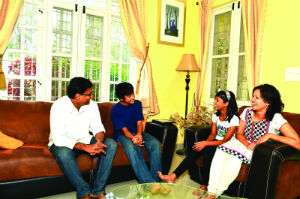Parenthood is one of the toughest jobs to do! Raising kids can be scary and parents usually lose sleep over how their child is going to turn out. To teach them responsibility and good behaviour, a good reward system can prove to be quite useful and you can catch your forty winks in peace! So what is a reward system?
Every time your child does something ‘good’, give them a reward. This will not only show your appreciation and make them proud, but it will also motivate them to keep up the good habits in future.
For example a reward system can be used when they do well in their exams, when they clean their room, make their beds, put toys away or help you around in the house. A special reward can also be given for children who have been nice to other children in the school or donated their old clothes/toys to charity.
Here are few ideas on what kind of rewards you can give your child:
1) Give them stars to put up on their wall. Every time they do something you appreciate, they earn a star. You can have different coloured stars, different sized stars – each denoting something. For example a red star could be for acing their exams, a yellow for being polite.
2) Put up a sticker chart in their room. Let them earn the stickers (choose the kinds your child likes) and allow them to decorate their charts. Not only will they be motivated to earn those stickers, but it will also become a fun activity for them!
3) Make the ‘stars’ or ‘stickers’ system even more interesting by giving them an exchange offer. For example they can earn coupons in return for an ‘x’ number of stars. For example 5 red stars = DVD of their favourite movie or 3 stickers = stay over at a friend’s place. Take suggestions from them as to what they want in return.
4) You can even have a point system. Reward them with points ranging from 1-10 depending on the magnitude of their good behaviour and when they reach 100 give them something special and big like a picnic, movie marathon day, a trip to the zoo etc.
5) Let your children earn privileges like watching TV, playing video games, going out with friends etc. First they will be motivated to earn these privileges and they would appreciate these things more when it comes with hard work!
You will be surprised how well these reward systems work. Try it out!
